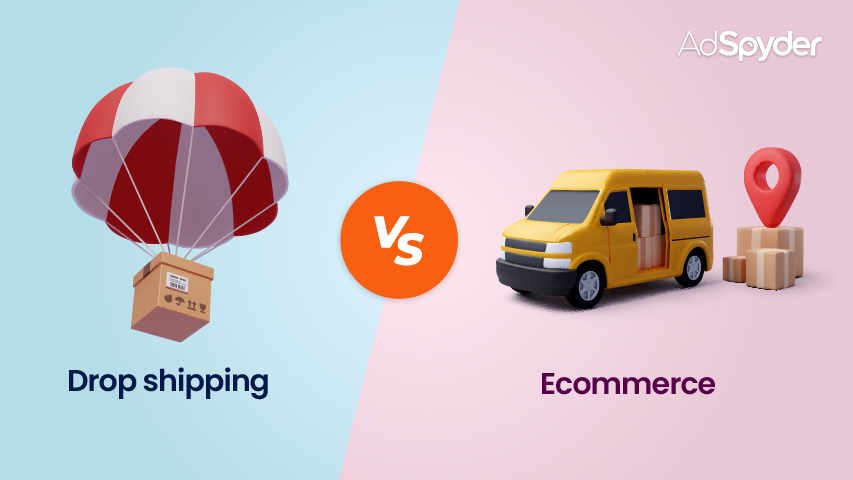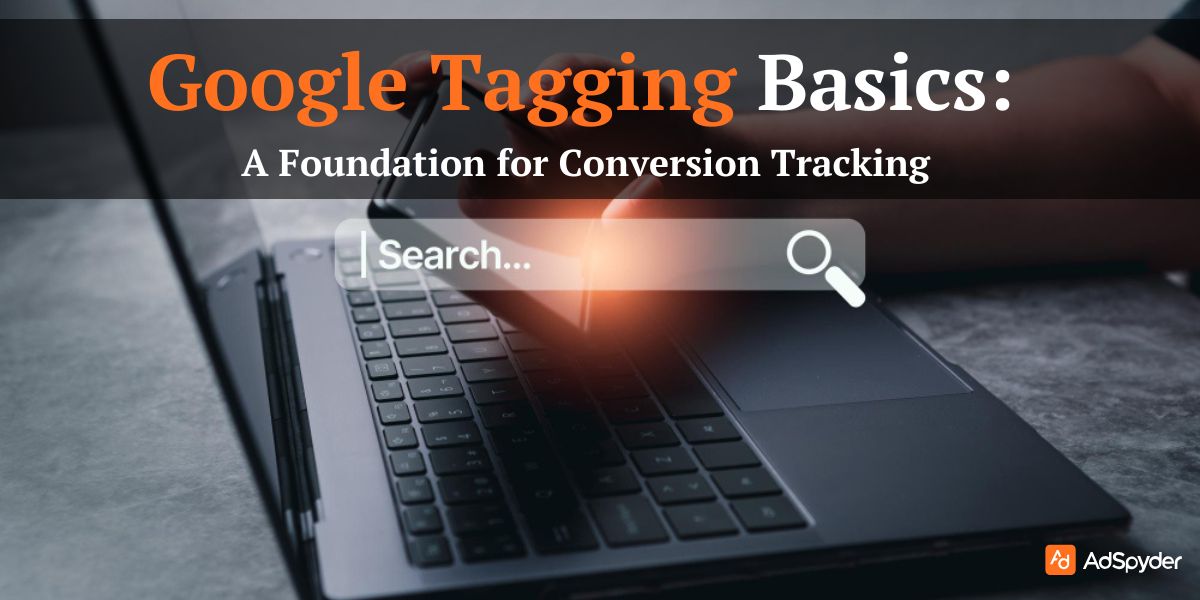In the ever-evolving landscape of online business, e-commerce and dropshipping have emerged as popular models for entrepreneurs looking to start their ventures. While both paths offer opportunities to generate revenue online, they come with distinct characteristics, advantages, and challenges. This guide aims to clarify the points for e-commerce vs dropshipping, helping you make an informed decision about which model might be the best fit for your entrepreneurial journey. To stand out in marketing, consider video in multichannel marketing to engage customers. Read along to know what they mean and how it works. We are also going to see main pros and cons for each of this business model. We also find out which model is best suited for your needs.
Ready to Elevate your Marketing Strategy?
What’s An E-Commerce Business?
E-commerce business (electronic commerce) is the purchasing and selling of products and services, as well as the transfer of payments or data, through an electronic network, most notably the Internet. These transactions might be business-to-business (B2B), business-to-consumer (B2C), consumer-to-consumer (C2C), or consumer-to-business (C2B). Through employee engagement videos, businesses can easily connect with customers. You may extend your business by using the internet marketplace. E-commerce quickens the purchasing process. Significant cost savings.
E-commerce often uses the web for at least a portion of a transaction’s life cycle, while other technologies such as e-mail may also be used. The purchase of goods or services is a common e-commerce transaction. E-commerce is divided into three categories: online retailing, electronic markets, and online auctions. The Electronic business helps to boost e-commerce solutions. The fundamental value of e-commerce is to allow consumers to purchase online and pay online over the Internet, saving customers’ and businesses’ time and space, considerably enhancing transaction efficiency, particularly for busy office employees, but also saving a lot of time.
Advertising and marketing costs are quite low. Customers benefit from a highly adaptable eCommerce pattern. The possibilities are endless here. Buyers find it simple to locate the product and price, and they can simply compare it to others. making the purchasing process more exciting and fulfilling E-commerce allows for quicker responsiveness to consumer and market demands. You can have various payment options in this e-commerce module.
What Is Dropshipping?

A dropshipping business is a retail fulfillment method in which a store does not stock the products it sells. Instead, it buys the item from a third party and has it delivered to the buyer. As a result, the seller is relieved of the need to handle the product directly.
Dropshipping is a retail enterprise in which a retailer does not need to stock the things it sells. Instead, it serves as a storefront for a product, which is subsequently supplied straight to the client when an order is placed with the supplier/manufacturer. E-commerce dropshipping in India is a very profitable business because of the incredible growth opportunities, large market space for experimentation, and lower risk. You can check about your competitor’s ongoing Top Ads as well and get a clear idea about dropshipping. Because of the limited loss chances, items in drop shipping are only generated when there is an increase in demand in the dropshipping business.
E-Commerce vs Dropshipping: Pros and Cons
Pros Of E-commerce Business
- The market size is huge. The greater the market size greater the opportunities.
- E-commerce allows individuals to reach clients all across the country and the world, especially when using strategies like marketing for influencer collaborations to boost engagement. This allows company owners to access customers from the convenience of their homes. Customers may make purchases at any time and from any location.
- With eCommerce platforms, it has become quite economical and simple to start up and maintain a low-cost eCommerce business. Business owners no longer need to spend a lot of money on TV commercials or billboards or worry about personnel and real estate costs.
- ECommerce allows firms selling digital items to deliver things within seconds after making an order. This meets consumers’ desire for rapid satisfaction and helps to improve sales, particularly for low-cost items known as impulse buys.
Cons Of E-commerce Business
- There are still many customers who want to have that touch and feel experience while shopping and with eCommerce, this feature is lacking.
- Customers can’t feel or touch a product no matter how wonderful the promotion video is. Not to mention that delivering a brand experience that frequently includes the senses of touch, taste, smell, and sound via the two-dimensionality of any screen is never a simple feat.
- E-commerce companies rely entirely or significantly on their websites. Even a few minutes of delay or technological faults might result in significant revenue loss and consumer discontent.
Pros Of Dropshipping Business
- Because of dropshipping platforms, you never touch the goods, which means you don’t have to acquire inventory upfront, store it, package it, or ship it. You can refine the marketing strategies by leveraging insights from lookalike audiences.
- Once you’ve determined your market, you’ll need to discover a supplier that can provide you with a potential drop shipping service.
- Many businesses begin with pure dropshipping business ideas since it is quicker to get up and going and eliminates the need to worry about where to keep your items.
- In typical firms, doubling your revenue requires you and your staff to work twice as hard. In a dropshipping firm, however, it is your dropshipping suppliers that face the weight of higher volumes and order processing.
Cons Of Dropshipping Business
- The largest financial disadvantage of dropshipping is the reduced margins since suppliers sometimes demand a premium to mark their goods with your preferred logo.
- Aside from the cost, the true killer for some merchants is damage management, which means acting as a go-between on product or shipping quality concerns.
- Running between your firm and another supplier (or several suppliers) is not only a lot of extra work for you and your team, but it may also lead to customer satisfaction concerns, which leads us nicely onto.
- Dropshipping makes tracking shipments difficult.
The main distinction between the dropshipping business and the traditional e-commerce business model is that the selling merchant does not stock or own goods; instead, they function as a middleman. Instead, the seller obtains inventory from a third party who is usually a wholesaler or manufacturer as needed to fulfill orders. Considering the above-discussed pros and cons, we can conclude that both modules have their hindrances yet the Dropshipping business has the upper hand with a little lesser effort and risks compared to the eCommerce platform.
Comparison: E-Commerce vs Dropshipping
Here’s a detailed comparison table for E-commerce vs Dropshipping:
| Feature | E-commerce | Dropshipping |
|---|---|---|
| Business Model | Sells products directly from inventory | Sells products without holding inventory |
| Initial Investment | Higher (inventory purchase, warehousing) | Lower (no inventory costs) |
| Inventory Management | Requires stock management and storage | No inventory management required |
| Profit Margins | Typically higher due to bulk purchasing | Usually lower due to supplier markups |
| Shipping Times | Faster shipping (local fulfillment) | Slower shipping (dependent on supplier) |
| Control Over Branding | High control (custom branding and packaging) | Limited control (reliant on supplier branding) |
| Customer Experience | Full control (direct customer service) | May need to rely on suppliers for service |
| Market Responsiveness | Slower (depends on stock availability) | Faster (can quickly add new products) |
| Risk Level | Higher risk (unsold inventory) | Lower risk (no inventory costs) |
| Operational Complexity | More complex (requires logistics and fulfillment) | Simpler operations (focus on sales and marketing) |
| Scalability | Can scale with more resources | Easily scalable (expand product range without inventory worries) |
| Returns Management | Direct handling of returns | Requires coordination with suppliers |
E-commerce vs Dropshipping: Which Model is Best?
It is always difficult to choose from e-commerce vs dropshipping. When deciding between e-commerce and dropshipping, consider the following factors:
- Business Goals: If you aim to build a unique brand with high-quality products, e-commerce may be a better fit. For those seeking low-risk entry, dropshipping could be ideal. These business goals are unique to everyone’s needs, so be sure to think thoroughly before selection.
- Budget: Assess your budget and resources. E-commerce typically requires a higher initial investment, while dropshipping allows for a more cost-effective startup.
- Risk Tolerance: Consider how much financial risk you’re willing to take. Dropshipping minimizes risk but may yield lower profits.
FAQs
E-commerce typically involves selling products directly from your own inventory, while dropshipping allows you to sell products without holding inventory, as suppliers ship directly to customers.
Dropshipping generally has lower upfront costs since you don’t need to invest in inventory. E-commerce may require initial investment for stock and warehousing.
E-commerce often allows for higher profit margins since you can purchase inventory in bulk. Dropshipping usually has lower margins due to the additional costs from suppliers.
E-commerce typically offers faster shipping since products are stored locally. Dropshipping may result in longer shipping times, especially if suppliers are overseas.
E-commerce provides greater control over branding, packaging, and customer service since you manage the inventory and fulfillment. Dropshipping relies on suppliers for these aspects.
Yes, in e-commerce, you handle all customer service inquiries directly, while in dropshipping, you may need to coordinate with suppliers to resolve issues.
Absolutely! Many businesses use a hybrid model, combining both approaches to diversify their product offerings and optimize inventory management.
Conclusion
E-commerce and dropshipping both offer unique opportunities for aspiring entrepreneurs. By understanding the differences in inventory management, startup costs, profit margins, and control over branding, you can make an informed decision that aligns with your business goals. Whether you choose the traditional e-commerce model or the flexible dropshipping route, success lies in careful planning, market research, and a commitment to delivering value to your customers.




